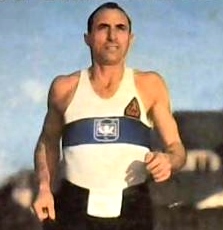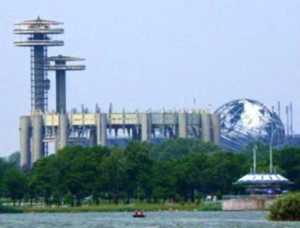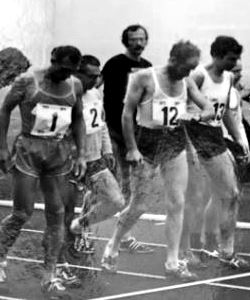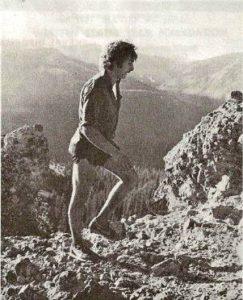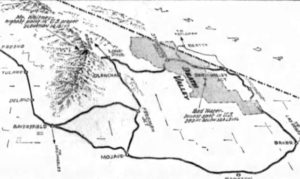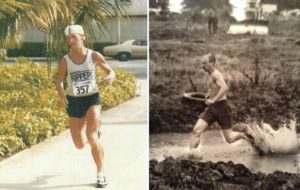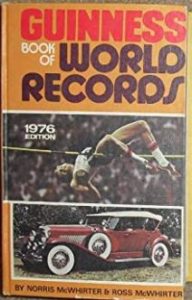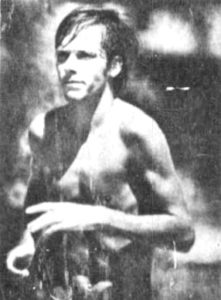Podcast: Play in new window | Download (Duration: 28:37 — 34.7MB)
Subscribe: Apple Podcasts | Spotify | Amazon Music | Android | Pandora | iHeartRadio | JioSaavn | Podcast Index | Email | TuneIn | RSS | More
By Davy Crockett
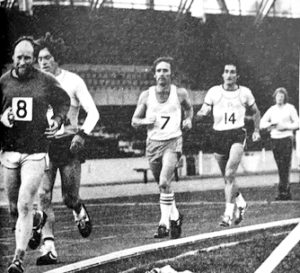 1978 was the year when more 100-mile and 24-hour races started to be established in the United States. In 1976, Tom Osler of New Jersey brought renewed American ultrarunning attention to the 24-hour run when he ran a solo 24-hour run on that track at Glassboro State College where he was teaching. (see episode 67). Enthusiasm for attempting to race for more than 100 miles in 24 hours started to spread.
1978 was the year when more 100-mile and 24-hour races started to be established in the United States. In 1976, Tom Osler of New Jersey brought renewed American ultrarunning attention to the 24-hour run when he ran a solo 24-hour run on that track at Glassboro State College where he was teaching. (see episode 67). Enthusiasm for attempting to race for more than 100 miles in 24 hours started to spread.
Two very influential ultrarunning pioneers, Ed Dodd, of Collingswood, New Jersey, and Don Choi of San Francisco, California, brought their race directing and running skills to the 24-hour arena in the 1978. These two legendary runners developed a friendship during that year which would later result in the reestablishment of the modern-era multi-day races, including the renowned six-day race. Dodd and Choi can be considered the “fathers” of the modern multi-day ultras. This all came about as Dodd uncovered the history of 19th century Pedestrians, and they both gained experience running 100 miles in 1978, and put on ultramarathons.


